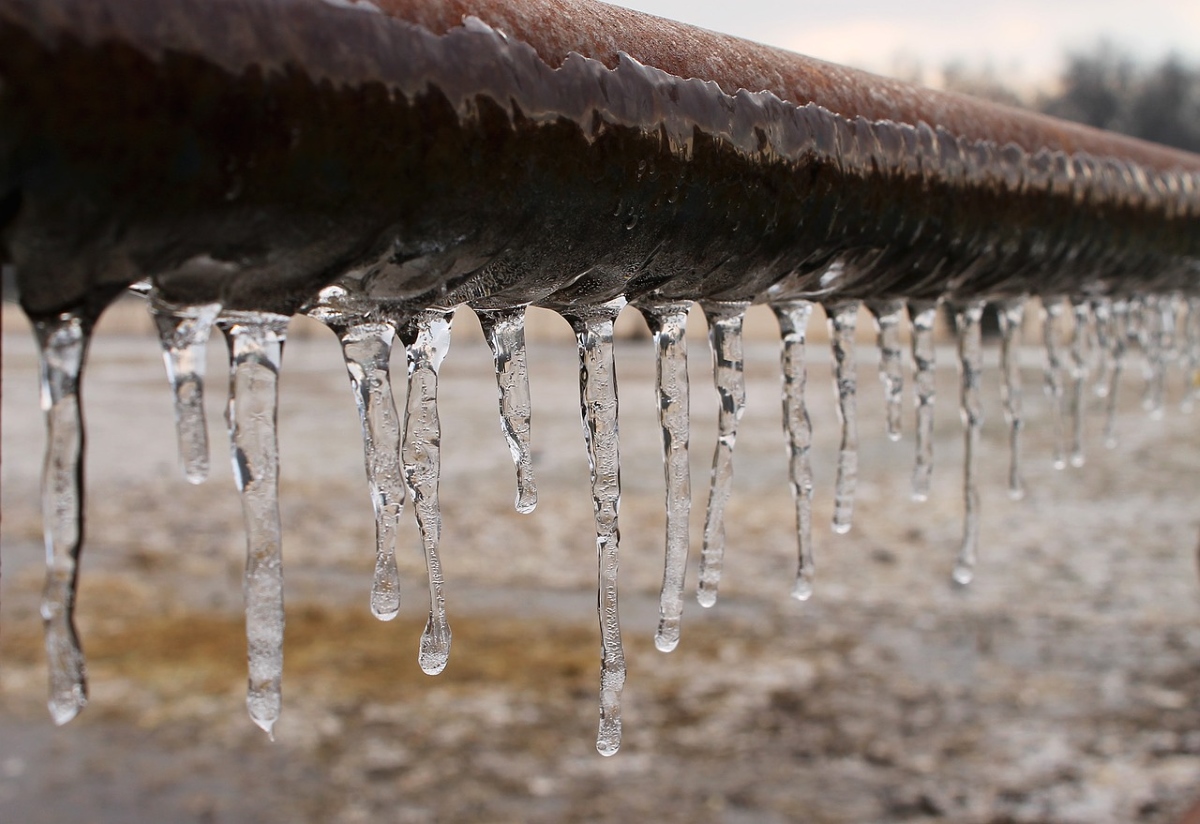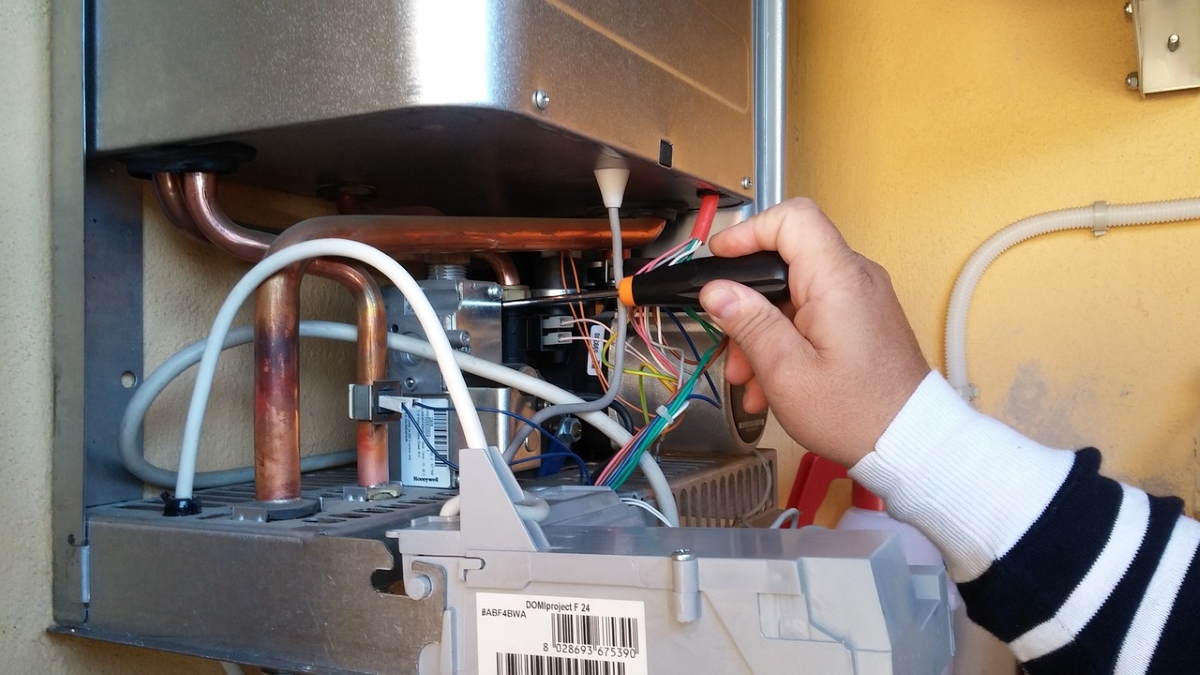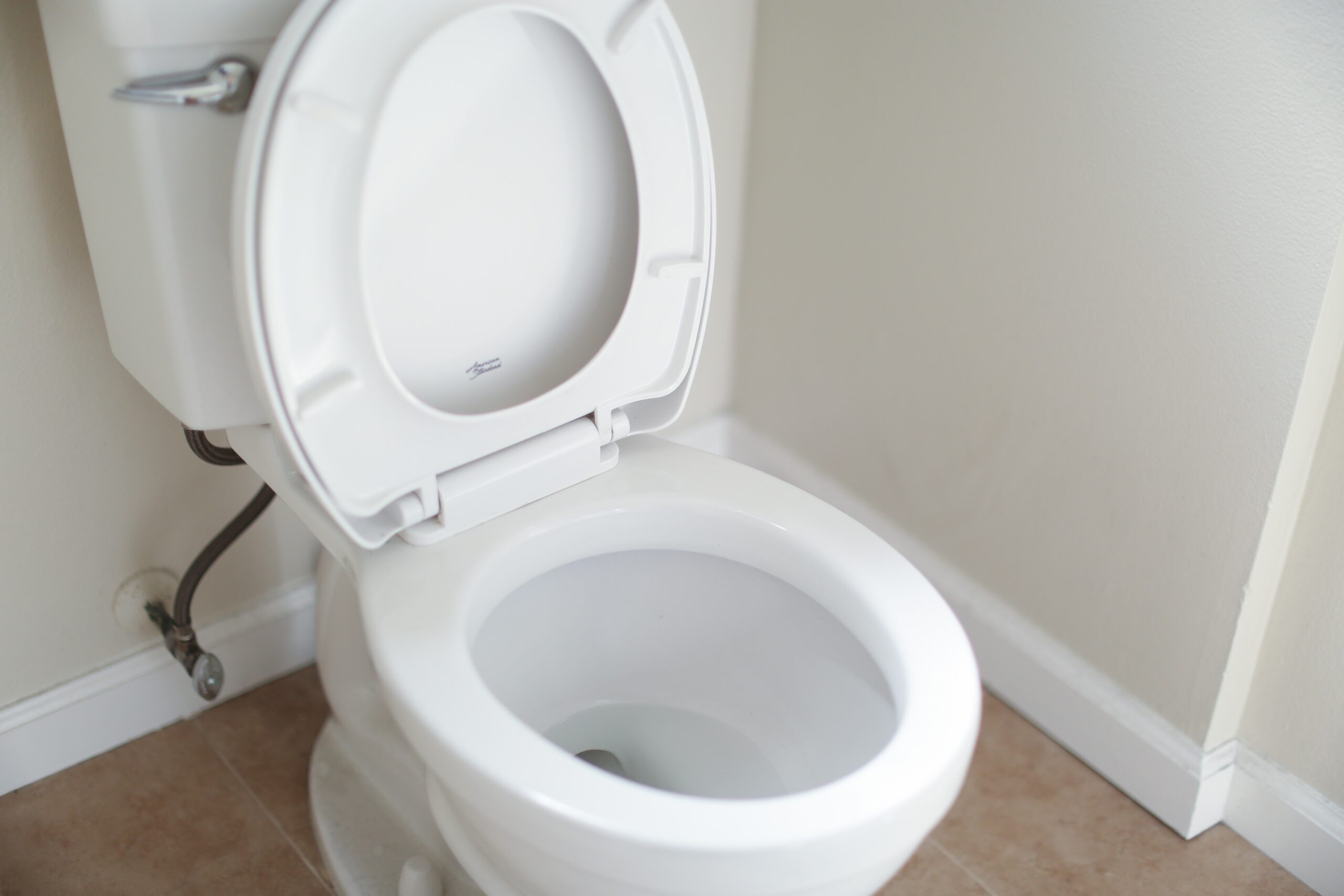Stay safe and avoid further damage whilst you wait for an emergency plumber to arrive
Dealing with a plumbing emergency
Ok, so you’ve made the phone call. The emergency plumber is on their way. You might have a dripping tap leading to a pool of standing water in your kitchen. Or your mains pipe might have burst, leaving you knee-deep in your own living room. Here are the critical steps to take right now.
Turn off the mains water supply
 You can control the water entering your property using the inside stop valve. This is usually located under the kitchen sink. If it’s not there, try your airing cupboards. It might be under the floorboards near the front door, so check to see if there is any visible access point. Turn the valve clockwise, and be gentle.
You can control the water entering your property using the inside stop valve. This is usually located under the kitchen sink. If it’s not there, try your airing cupboards. It might be under the floorboards near the front door, so check to see if there is any visible access point. Turn the valve clockwise, and be gentle.
If you can’t find the inside stop valve, you will need to go to the outside stop valve and shut the water off there instead. This is usually on the boundary of your property, and might be in the same pit as your water meter. Some homes, particularly older properties, don’t have outside stop valves.
You may need to obtain a valve or universal stopcock key from a DIY chain or plumber’s merchants. Also, be aware that turning the valve off may affect the neighbours if your home is on a shared water supply.
Keep trying
If you don’t know where to find your valves, try calling someone who will such as your landlord. Someone who has lived in the property in the past may know where to find it. You could try getting in touch if you have their contact details. Failing that, a grovelling call to Mum or Dad will probably help you out.
Even after you’ve turned the supply off, the leak may continue. A storage tank in your home could mean that water will keep flowing until the tank is empty.
Don't try to fix it yourself
Unless you are a plumber yourself, attempting to fix the problem could end in catastrophe. Don’t make things worse by disconnecting things like pipes or taps, or taking toilets and sinks apart. Don’t push anything down a drain to unblock it. If your efforts lead to more damage, your insurance company might refuse to pay out.

Ensure electrical safety
Electricity and water do not mix well. Move any electrical items or wires out of the way of the water. Do this before the leak has a chance to spread.
Put items up high if possible, rather than moving them further away on the same level. Take care not to electrocute yourself during this procedure.
If necessary, turn the power off using the master switch in your fuse box.
If the water has already made contact with electrical items, this is probably the safest option. Just make sure it’s safe to do so first.
Contain what you can
If the leak is small, you can probably prevent most damage. Use a bucket to catch drips, or use towels to soak up the water. If it’s spraying out of a pipe, you might be able to position a towel to catch the spray and redirect it to a bucket.
For a larger leak, you need to make the area safe before you attempt anything. Turn off the power supply if need be.
Assess the water damage
Where is it going, how much is there and which items or parts of your home does it threaten to ruin? Work out what is most important to you and secure it. Decide how you are going to clean up and dispose of the water.
Move the furniture and any valuable items
Don’t let water seep into your prized Persian rugs, your sofas, cupboards, or even chair and table legs. Get anything valuable out of the way quickly.
If you have something suitable, use it to cut off the water’s path. Sandbags are the obvious choice. However blankets, towels or old clothes will do. Try to ensure the water won’t spread to somewhere equally damaging as a consequence of being diverted.
Clear up the water with a mop and bucket
It is essential that you clear any standing water as soon as possible. This way, your plumber will be able to gain access easily and safely. You’ll also prevent yourself slipping over. As well as being safer, clearing up quickly is the best way to avoid damage.
If there's a lot, ask for help!
Get on the phone to a friend or family member. It may feel like a big favour to ask of somebody at the time. But getting your home dry quickly could be the difference between a repair charge and weeks of construction work. You can always take them out for lunch later on!
Think ahead
Take pictures or videos
Make sure you get some snaps of what’s happened. This will assist with any insurance claims, and could help your plumber when they arrive. Not to mention how much it will impress your friends when you show them afterwards.
Make a note of any past problems
Jot down any plumbing-related issues you’ve experienced in the past. This might be an issue you’ve had to fix before, or it might be that you’ve noticed low water pressure at a tap, for example. This will help your emergency plumber to diagnose the issue. It may also help with insurance matters.
Leave the emergency plumber to it
Your plumber needs nothing more than space, and the ability to concentrate. They’ll give you a shout if there’s anything you can do to help.

Conclusion
When an emergency occurs, it’s a case of taking the right steps, in the right order, without delay. Don’t panic, as you might make things worse in your haste. Do act decisively.
Shut off the supply, make things safe, contain what you can. Then think about the less urgent things like gathering evidence and making preparations.
Make sure you choose a safe, trusted emergency plumbing company. Your bill is likely to be the same as getting it done by your mate’s mate who you once met in the pub – until you find out the true cost of their shoddy work down the line.
 24/7 Reactive Maintenance from Kiasu Workforce
24/7 Reactive Maintenance from Kiasu Workforce
How did this guide help you? Are there any other tips you’ve found that have helped? Let us know in the comments section.
Article by Barney Scott, Kiasu Group
© 2019 Barney Scott, Kiasu Group




